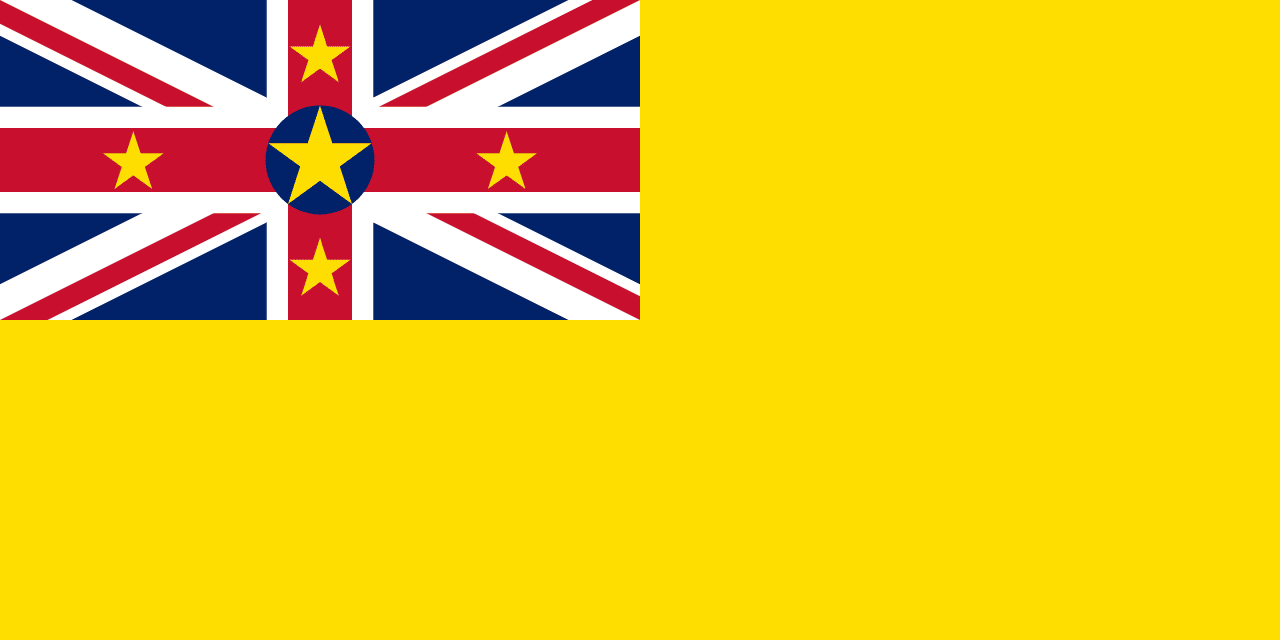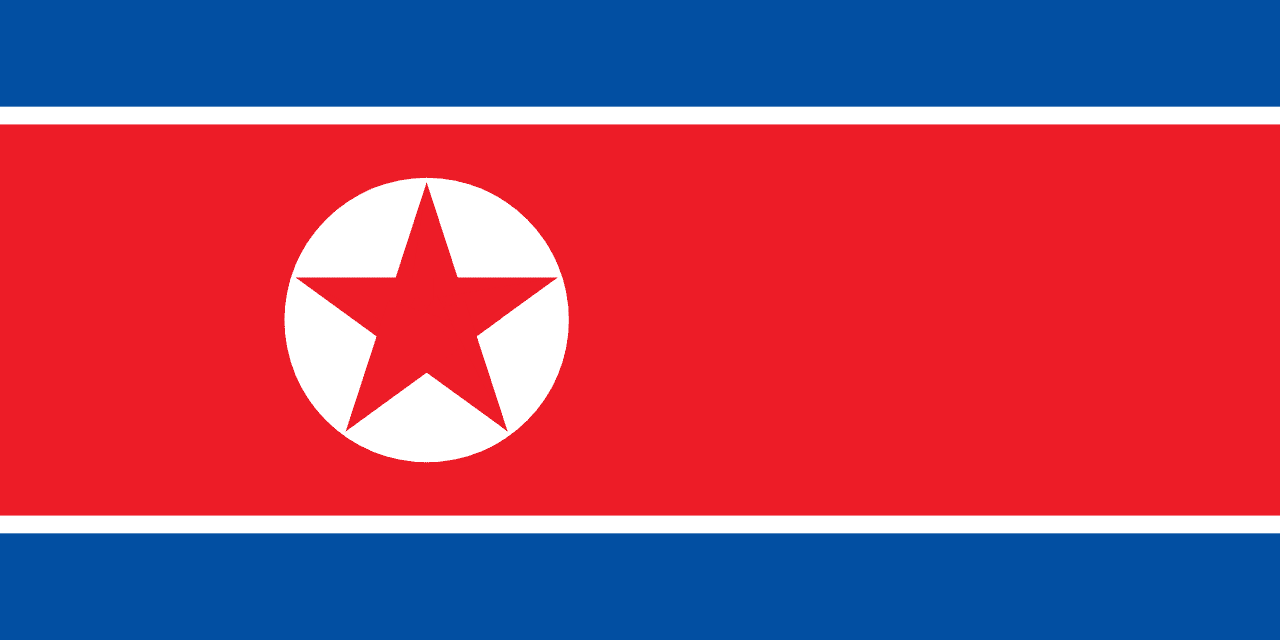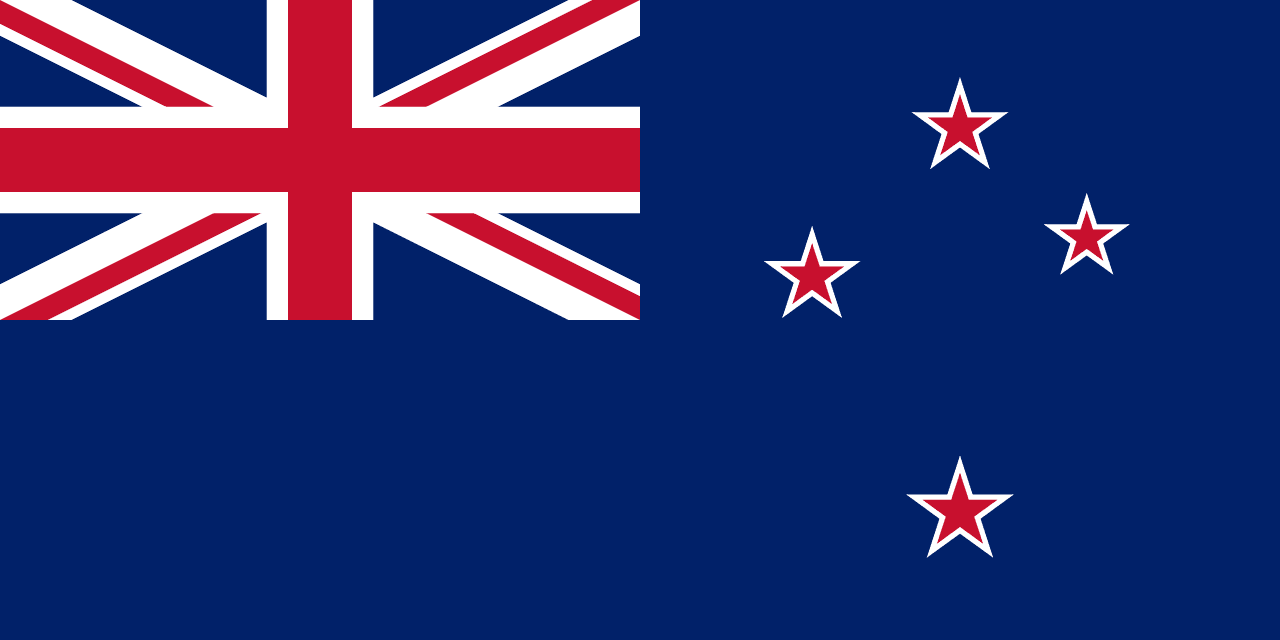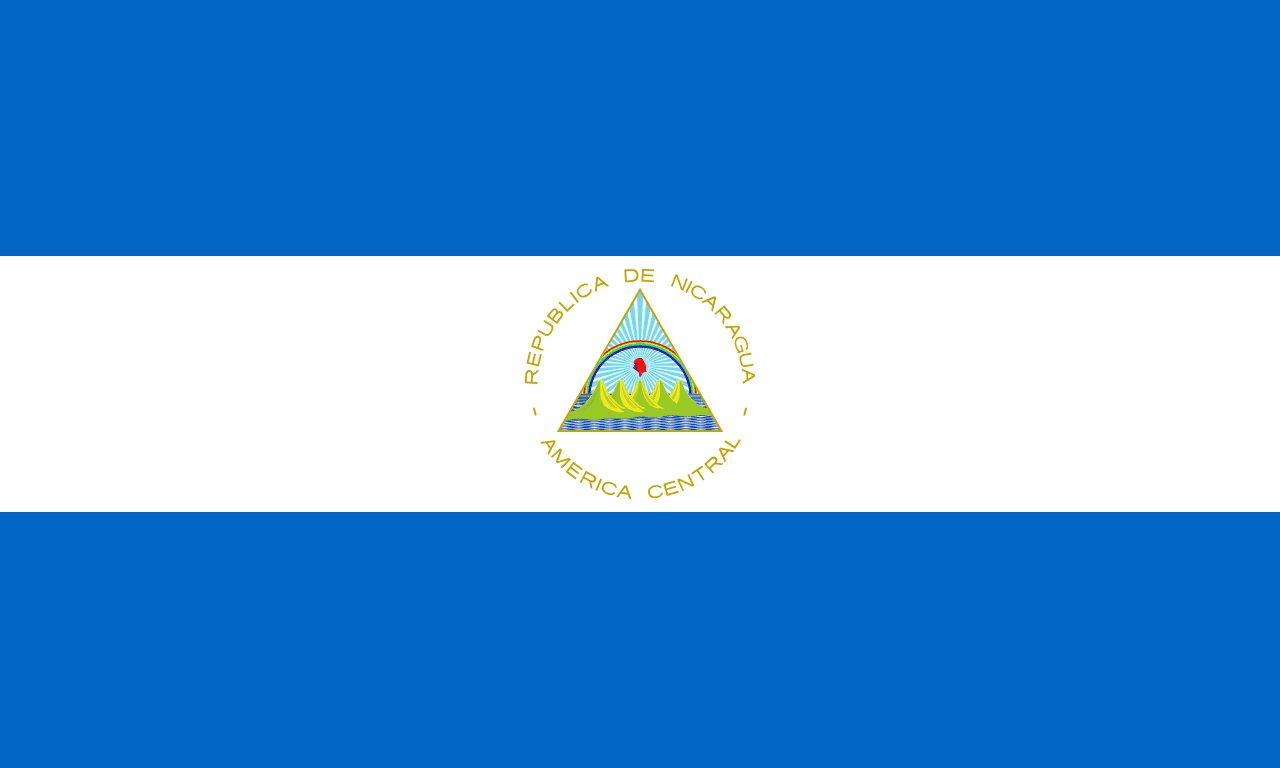The flag of Niger features three horizontal stripes of orange, white, and green, with an orange circle centered in the white stripe. This striking design reflects the country's geography, cultural heritage, and aspirations, making it a powerful symbol of Nigerien identity and unity.
Niger information
| National Flag Day | — |
| Sovereign state | Yes |
| Official name | Republic of Niger |
| Capital | Niamey |
| Population | 25,130,815 |
| Area | 1,267,000 km² |
| Currency | West African CFA franc (XOF) |
| Language | French, Hausa, Zarma, Songhay, Arabic |
| Continent | Africa |
| Region | West Africa |
| Subregion | Sahel |
| Borders | Algeria, Benin, Burkina Faso, Chad, Libya, Mali, Nigeria |
| Timezone | West Africa Time (WAT) UTC+1 |
| Calling code | +227 |
| Top-level domain | .ne |
History of the Nigerien Flag
 The flag of Niger was officially adopted on November 23, 1959, about a year before the country gained full independence from France on August 3, 1960. The design was created during the transition period towards independence, reflecting Niger's emerging national identity and its vision for the future. The flag has remained unchanged since its adoption, symbolizing stability and continuity in the nation's history.
The flag of Niger was officially adopted on November 23, 1959, about a year before the country gained full independence from France on August 3, 1960. The design was created during the transition period towards independence, reflecting Niger's emerging national identity and its vision for the future. The flag has remained unchanged since its adoption, symbolizing stability and continuity in the nation's history.
Symbolism and Design of the Nigerien Flag
Each element of the Nigerien flag carries deep symbolic meaning:
- The orange stripe at the top represents the northern part of Niger, which is dominated by the Sahara Desert. It symbolizes the beauty and challenge of this arid region.
- The white stripe in the middle symbolizes purity, innocence, and the bright future that Niger aspires to achieve.
- The green stripe at the bottom represents the fertile southern regions of Niger, where agriculture thrives along the Niger River valley.
- The orange circle in the center of the white stripe represents the sun. This symbolizes:
- The warmth and brightness of the Nigerien climate
- A source of life and hope for the nation
- Niger's commitment to independence and progress
Usage and Significance of the Nigerien Flag
 The flag of Niger is a source of national pride and is prominently displayed throughout the country. It flies on government buildings, schools, and during national celebrations such as Independence Day on August 3. The flag plays a crucial role in fostering a sense of national identity and unity among Niger's diverse ethnic groups. Internationally, it represents Niger at diplomatic events, United Nations gatherings, and sporting competitions, symbolizing the country's sovereignty and its place in the global community.
The flag of Niger is a source of national pride and is prominently displayed throughout the country. It flies on government buildings, schools, and during national celebrations such as Independence Day on August 3. The flag plays a crucial role in fostering a sense of national identity and unity among Niger's diverse ethnic groups. Internationally, it represents Niger at diplomatic events, United Nations gatherings, and sporting competitions, symbolizing the country's sovereignty and its place in the global community.
Interesting Facts About the Nigerien Flag
- Niger's flag is similar to the flag of India, but with the colors in a different order and an orange circle instead of a blue wheel.
- The orange color in the flag is sometimes referred to as "saffron", linking it to the spice that has been traded across the Sahara for centuries.
- Niger is one of the few countries whose flag uses orange as a primary color, making it quite distinctive among African flags.
- The flag's design reflects Niger's position as a Sahelian country, straddling the Sahara Desert and the more fertile regions to the south.
- Despite changes in government and political systems since independence, the flag has remained a constant symbol of Nigerien identity and unity.





